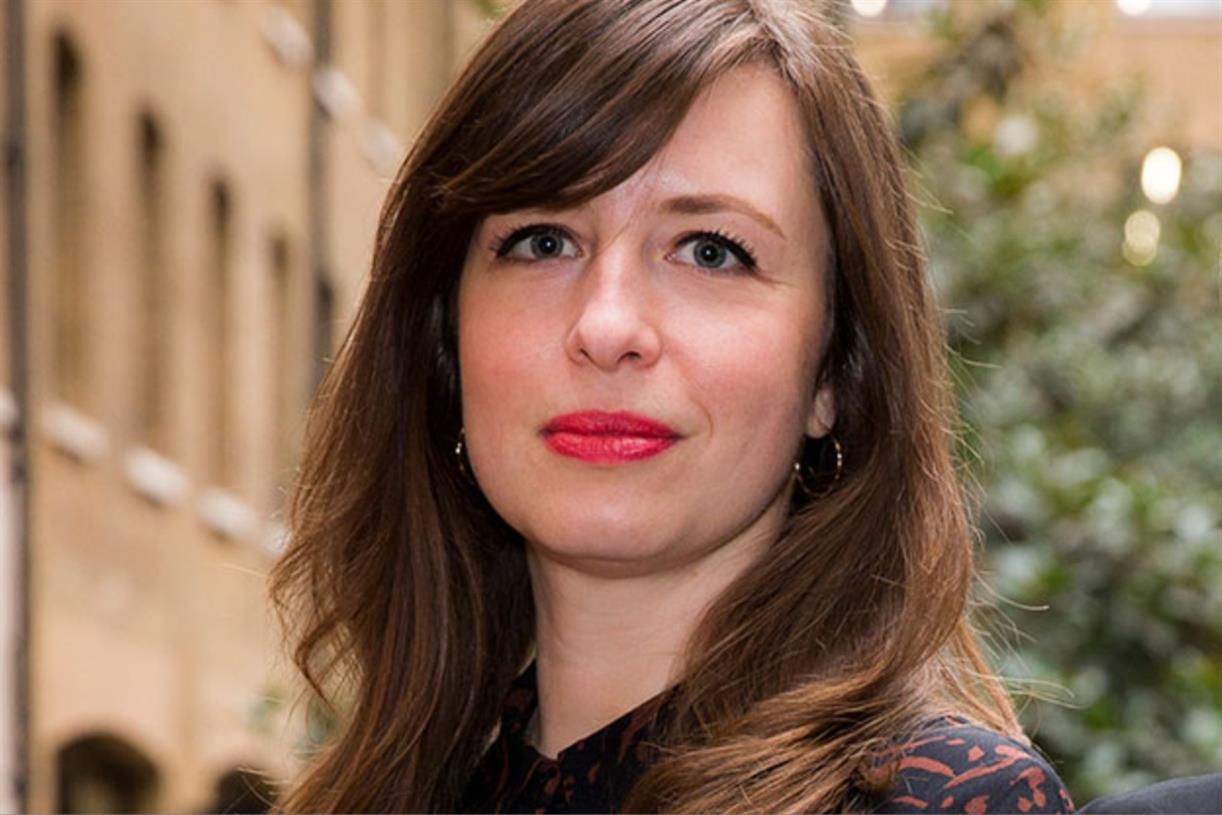When We Do Harm
Avery Grace reflects on what to do when we harm others, how we can move forward, and the compassion we need for ourselves to do better. The post When We Do Harm appeared first on Lion's Roar.

Avery Grace reflects on what to do when we harm others, how we can move forward, and the compassion we need for ourselves to do better.

Photo by Anastasia Shuraeva.
When we sit zazen, we sit to experience the truth of the present moment. That truth includes an awareness of, and a tending, to our habit patterns. When we enter vow, we make a commitment to all of the precepts and sīla (Pāli for ethical conduct). With awareness. we seek to refrain from harmful activity and do good. When we inevitably do harm, doing good includes, “confession, repentance, atonement, and reconciliation.”
Recently, I made a mistake that harmed people. In Buddhist terms, I broke the third, fourth, and fifth precepts by misusing sexuality and lying by omission as a result of romantic intoxication. I didn’t adhere to my intention to cultivate honest and caring relationships. In my own polyamorous relationship, I had specific agreements with a long-term partner that I didn’t clarify or heed when engaging sexually with a new partner. Although having a sexual and emotional relationship with another person wasn’t outside the bounds of our pre-existing relationship format, in this case I didn’t honor our boundaries and agreements. I didn’t check in or clarify them with my partner, and in turn I caused deep pain and harm, which I now see as an action of sexual misconduct.
When we commit harm, we harm all.
When we misuse sexuality as a result of grasping and self-delusion, we harm everyone involved. We harm the sangha, whether it be the sangha of relationship, family, or of a larger community. We harm not just our partner(s), but also ourselves, and anyone else caught in the crossfire. This can happen in any partnership, including polyamorous relationships.
The harm I caused was due to the presence of two of the three poisons — greed and delusion. Greed is more direct and transparent. With greed, desire expands beyond its natural balance; we want more than is wholesome or skillful in the given situation. Delusion — specifically self-delusion — is more opaque. In my own experience, my delusion told me that my behavior didn’t hurt myself or others. Intoxicated by my desire, I couldn’t see clearly the full extent of the potential harm and ramifications of my actions.
When we commit harm, we harm all. We harm ourselves by making ourselves harmful. When we harm others with our sexual energy, even clandestinely, we rob ourselves and our loved one(s) of the opportunity for transparent, secure, and loving relationships. In this context, greed and delusion are the enemies of trust.
This harm we cause is not simple. The harm I caused is made all the more complex when I consider my own history of trauma and sexual compulsivity. I am a survivor of significant early childhood sexual abuse. I was groomed and treated in such a way that I experience threat and stress easily, even when there is no immediate danger. I was threatened with violence if I was not pleasing or if I told anyone about the abuse. After some time, my abuser abandoned me, most likely in favor of a new abusee. As a result, sexual attractiveness became conflated with safety, and I became predisposed to seeking attention and erotic contact to self-soothe and feel a sense of security from harm and/or abandonment.
There is argument about whether sexual addiction exists, so for my purposes, I use the term, “sexual compulsivity,” or the notion of a behavioral compulsion as more accurate description. Neurobiologists have studied and affirmed that in “sexual addiction,” or compulsion, there is damage to the prefrontal lobe of the brain, which among other things is responsible for stress management and impulse control. This damage is most often a result of childhood sexual abuse. Without excusing the behavior, compulsivity and its core root of sexual abuse can lead to an arising of strong craving, like greed, and delusion. This comes alongside an underlying aversion to the present moment. These medical details are an effort at fierce compassion — one that is trauma-informed and yet does not negate responsibility for one’s own behavior.
Amends, atonement, and healing require much more than words.
The abuse I endured deeply affected my relationship to my and others’ sexuality. These effects influence my reaction to my life circumstances and relationships, and have driven my decisions that caused harm to my partners. I say this not as an excuse for my behavior or to self-flagellate, but as an explanation. I also mention this as healing, justice, and restoration require a consideration of all causes and conditions.
Amidst these various forms and conditions of harm mindfulness is critical to the path forward. To overcome our delusion — which centers ourselves rather than our interdependence — we must seek to feel the consequences that our choices had for others. We must extend our compassion and empathy to those we have harmed and feel their pain to the deepest extent available to us. As a teacher of mine once said, it is important to taste the “bitterness of our remorse.” An essential way to do this is meeting and listening, or as it is called restorative justice circles, “encounter.”
Of course, amends, atonement, and healing require much more than words. Sorrys are insufficient. Though expressing remorse is important, what is more critical is a change in behavior. The “clear mind” precepts are the alternatives to the prohibitions of a given precept. The converse to not misusing sexuality, dishonesty and self-delusion, or the affirmative actions to sustain the third, fourth, and fifth precepts, are “cultivating and encouraging honest and caring relationships,” through, “truthful communication.” To make amends, we must renew our commitment to these vows and bring our full effort (viriya or “right effort”) to the task in a sustained way.
To encounter others, we must acknowledge and take responsibility for our offense, and be prepared to make amends in a safe, non-judgmental, and potentially facilitated space. Through encounter or an active atonement process at a skillful time, the harmed have an opportunity to experience repair by being heard, as well as state their needs for healing. Those that have harmed can be aware, accept the influence their past trauma has had on their behavior, and make direct amends to all affected.
Through this process of engaging individual harm, the community can then identify root causes of harm — such as abuse — and collectively develop approaches to create more healing and just communities. In this way, we recommit to a life of vow for the benefit of all beings.

 Fransebas
Fransebas 



























.jpg&h=630&w=1200&q=100&v=f776164e2b&c=1)




